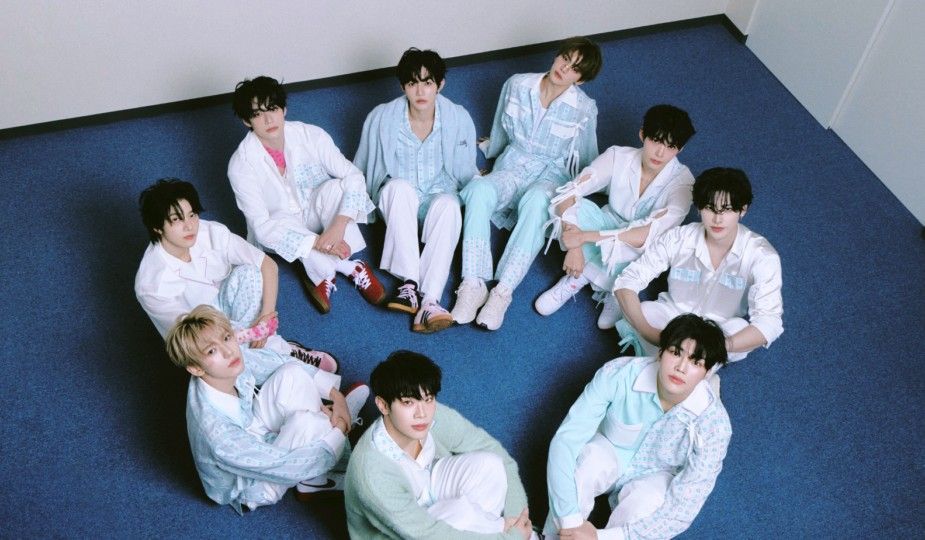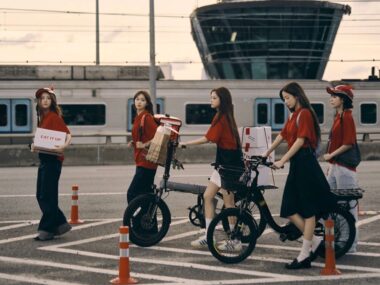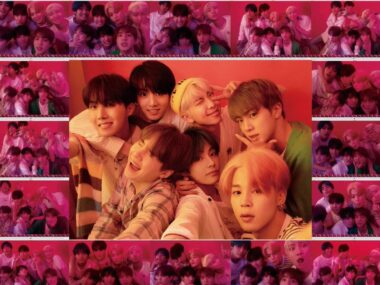One of the best things about K-pop is that you’ll always have new music to listen to.
108 boy and girl groups debuted from a wide range of entertainment agencies. It’s not uncommon to see around 8 to 10 groups debut per month. The K-pop industry thrives on pumping out fresh faces, with new concepts that reflect the latest trends. But lately, fans are starting to feel overwhelmed by the sheer number of groups joining the industry each year. The very system that fueled K-pop’s global explosion may now be threatening its long-term stability
Fragmented Fandoms
There was a time when being a K-pop fan meant choosing a group and sticking with them through every comeback, variety show, and even military enlistment. With a constant flood of new debuts, fans are forced to divide their attention, time, and wallets.
It doesn’t help that most rookie groups disband before they can reach their one year anniversary. Many fail to stand out amongst their more popular peers or they do become an instant hit and struggle to maintain their momentum. Some fans find it difficult to form an attachment to a group they feel won’t be around for long.
Oversaturation Hurts Everyone
The problem isn’t just the sheer number of groups; it’s the lack of space for them to truly succeed.
In the rush to find the next viral sensation in a hyper-competitive market, many are betting on quantity. Bigger agencies will debut multiple groups in a year with the hope that at least one of them will strike viral gold. But this approach often backfires.
With so many options, casual listeners hop between acts instead of diving deeper. Short promotional cycles and recycled concepts make it difficult for new groups to stand out. The focus shifts from building lasting careers to chasing fleeting attention. When one group flops, another is ready to take its place.
This “debut–disband–replace” cycle is unsustainable and exhausting.
This Has Happened Before
If the whole thing feels familiar, that’s because it is. The U.S. pop industry pulled the same stunt in the late ’90s and early 2000s. After the success of *NSYNC, Backstreet Boys, and Destiny’s Child, record labels flooded the market with boy bands and girl groups. It worked for a while. Then it didn’t.
But by the mid-2000s, most had disbanded, and the trend of launching boy/girl groups was dead until the 2010s.
Some fans fear that K-pop risks experiencing a similar trend.
So… What Can Be Done?
To avoid creative and financial burnout, the industry needs to evolve. Here’s how:
- Limit the Debuts: Fewer groups, more focus. Agencies should prioritize quality over quantity and give new acts the time and attention they deserve.
- Invest in Longevity: Extend promotional cycles, build strong group identities, and allow artists to evolve rather than just explode onto the scene.
- Explore New Revenue Models: Move beyond album sales and concerts. Digital content, fan platforms, and virtual events offer sustainable options, especially for smaller groups.
- Prioritize Artist Welfare: Better contracts, mental health support, and career planning can make idol life less of a burnout machine.
- Encourage Creative Risks: K-pop became a global force by daring to be different. That spirit of innovation needs to return to keep fans excited.
This isn’t a call to stop debuting groups. It’s a call to slow down, refocus, and remember that behind every group is a story worth telling.






